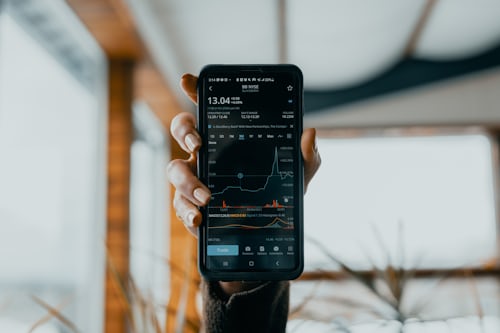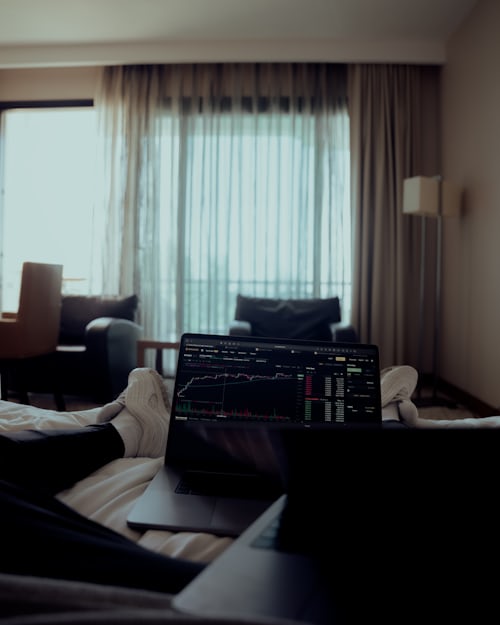|
Become a member

The digital currency Bitcoin is currently being readjusted for the future by means of a so-called halving. This is an important event for investors in https://forexexness.org/, as halving has already significantly changed the Bitcoin price twice in the past. In order to understand the importance of the Bitcoin halving and its consequences, we must first take a closer look at what a Bitcoin is and how the Bitcoin network works.
The Bitcoin and the Blockchain
The Bitcoin and the blockchain behind it are basically a collection of computers and nodes around the world onto which the code of Bitcoin can be uploaded. On each of these computers, the entire blockchain of the Bitcoin is stored. This means that on each computer the entire history of Bitcoin transactions is stored, which ensures that no one can cheat the system, as each computer would reject a fake transaction. In this way, Bitcoin is completely transparent - no one can make a transaction without everyone seeing it take place. Even those who are not nodes or miners on the network can see the transactions taking place live.
More computers and nodes added to the blockchain increase its stability and performance. There are currently over 10,000 nodes running Bitcoin's code. Basically, anyone can participate in Bitcoin's network as a node as long as they have enough storage space to download the entire blockchain and its transaction history.

Bitcoin Mining: The Process
Bitcoin mining is the process of using computers to participate in Bitcoin's blockchain network as a transaction processor. Bitcoin uses a security system called "Proof of Work" (PoW) in this context, in which miners have to prove the effort required to process corresponding transactions, for example by solving complex equations.
The term mining - meaning "digging" or "mining" - is therefore not taken literally in connection with the generation of Bitcoins, but rather characterises the way in which the coins are generated. Bitcoin miners solve mathematical problems and confirm the legitimacy of a transaction. Then they add the transactions to the end of a block and form chains of these transaction blocks, which eventually make up the blockchain.
When a block is expanded with new transactions, the miners who processed and confirmed the transactions within the block are rewarded with bitcoins, or shares in them. This process is called mining because the work done to generate new Bitcoins is the digital equivalent of the physical work done to mine gold or other precious metals from the earth.
To own Bitcoins, however, you don't necessarily have to become an active miner. Bitcoins that have already been generated can be bought and sold quite easily via designated trading centres on the internet. For example, the Stuttgart Digital Exchange offers a regulated trading place for cryptocurrencies, through which bitcoins can be bought and sold.
It is important to understand in connection with the generation of Bitcoins that the amount of Bitcoins generated increases with each new transaction in the network. If this spiral were to continue endlessly, a corresponding inflation of the Bitcoin would be unavoidable at some point and there would no longer be any increase in value.
|